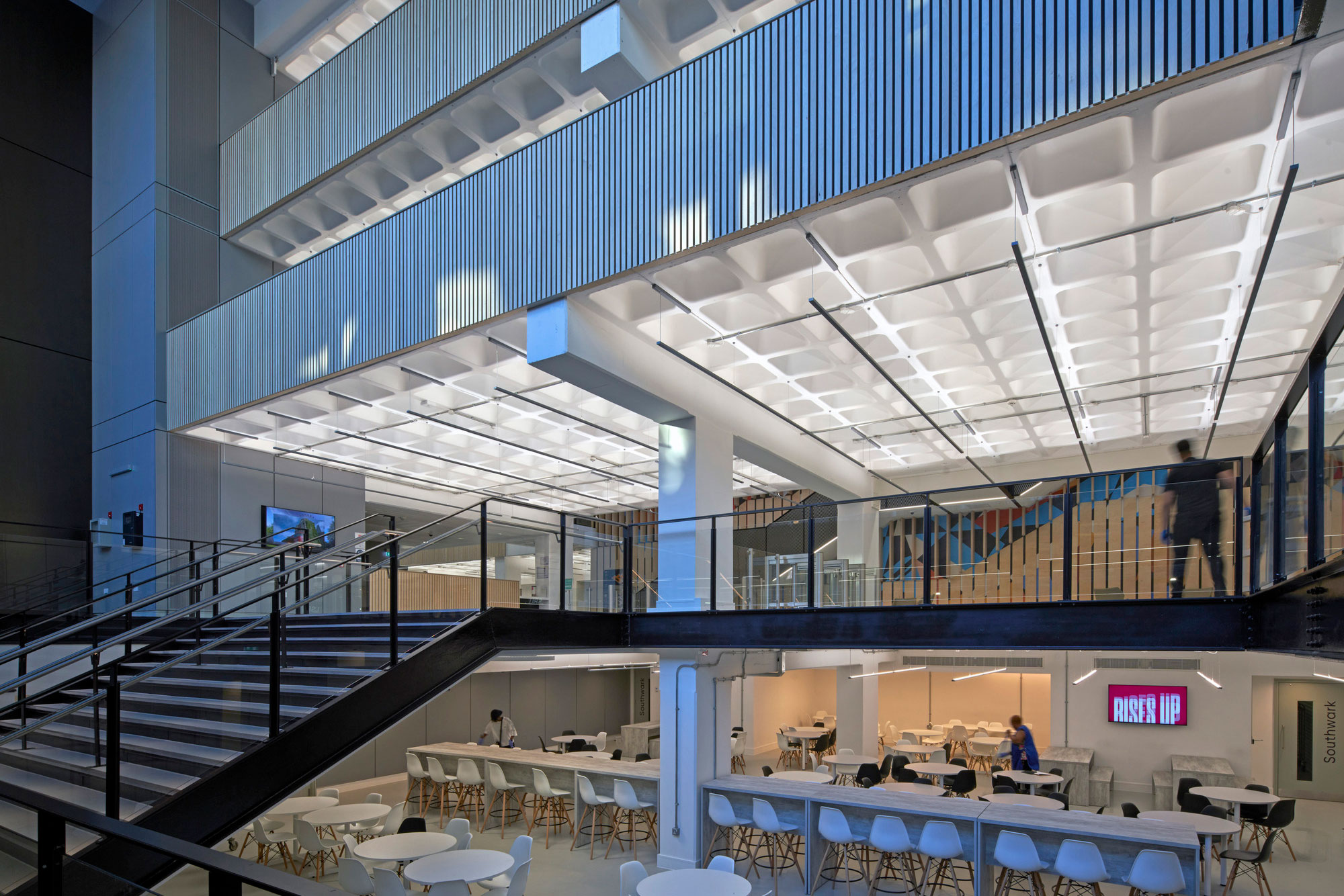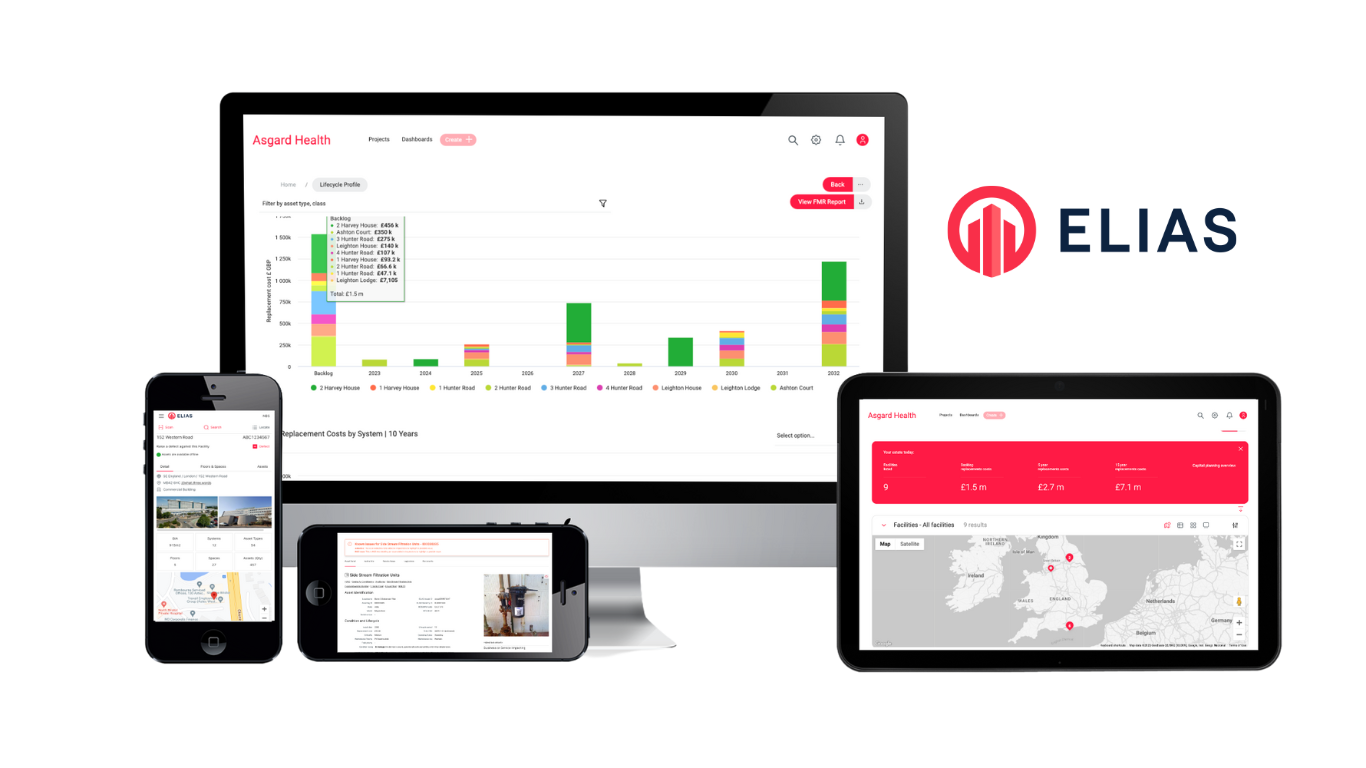In the age of digital transformation, industries are constantly evolving to incorporate advanced technologies. The construction and facility management sectors are no exception. With Building Information Modeling (BIM) leading the charge, the transition from design to operation has become a focal point of discussion. This article offers an in-depth exploration of this transition, highlighting the pivotal role of ELIAS and its integration with CAFM systems like Maximo, for example.
The Evolution of BIM
BIM, which was initially conceptualised in the 1960s, was primarily seen as a design tool. Over the decades, it has evolved to encapsulate a building’s entire lifecycle, from its initial conception to its eventual decommissioning. This digital representation has become an integral part of the construction industry, offering a dynamic 3D model that structures information related to the construction or operation of a building.
While BIM has been revolutionary in the design and construction phases, its potential often remains untapped post-construction. One of the primary challenges is the mindset that BIM’s utility ends once the building is constructed. In reality, the data within BIM is invaluable for the operational phase of a building’s lifecycle.
At the design stage, the challenge often lies in foreseeing the long-term needs of a building. Designers and architects, while proficient in creating structures, might not always consider the long-term maintenance and operational challenges a building might face. This is where BIM’s data-rich environment connected to ELIAS can be transformational, offering insights into potential future challenges and solutions.
Bridging the Gap with ELIAS
The completion of a construction project often marks the beginning of a new set of challenges. What happens next and how can organisations make the most of the data for effective facility management?
ELIAS is not just a tool to bridge BIM and CAFM; it’s a transformative solution. While BIM provides a data-rich environment, ELIAS is designed to load, analyse, and interpret this data, turning it into actionable insights.
One of the standout features of ELIAS is its ability to provide real-time data analytics. By tapping into the wealth of information within BIM, ELIAS can provide a high-level analysis crucial for strategic lifecycle decision-making, ensuring that buildings not only remain operational but also efficient and cost-effective.
Once it has processed the BIM data, it then integrates with CAFM systems via API, feeding them with refined and relevant information. This ensures that the CAFM system is always equipped with the most up-to-date and accurate data, streamlining facility management tasks. It’s a symbiotic relationship where ELIAS ensures that the CAFM system is primed for effective facility management, while the CAFM system benefits from the advanced analytics that ELIAS provides.
Challenges in the Digital Transition
- Data Continuity: The vast amount of data generated during the design phase needs to be accurately mapped and transferred to operational systems without loss of integrity.
- Stakeholder Collaboration: Effective communication and collaboration between various stakeholders, from designers and builders to facility managers, is crucial to ensure a seamless transition.
- Regulatory Compliance: With ever-evolving FM standards, ensuring compliance throughout the building’s lifecycle becomes a challenge.
- Operational Readiness: Preparing the operational team to explore the data-rich environment and ensuring they have the necessary tools and training to utilise the information effectively.
Digital Twins and ELIAS
Digital twins, as explored in a recent article here, offer a dynamic representation of physical assets. When combined with ELIAS, they transcend traditional asset management. This synergy provides real-time analytics, predictive insights, and a holistic view of assets that go beyond mere visualisation.
The journey from BIM’s design and construction phases to the operational phase of facility management is filled with challenges. However, with tools like ELIAS, this transition becomes not just smoother but also more intelligent. By ensuring that BIM data is not just transferred but also optimised, ELIAS promises a future where facility management is proactive, efficient, and above all, data-driven.
ELIAS bridges the gap between the rich data environment of BIM and the real-time operational needs of CAFM systems. By integrating insights from digital twins and refining them for actionable facility management tasks, ELIAS ensures that every decision is informed, timely, and strategic. As we look to the future of facility management, it’s clear that integrated solutions like ELIAS will lead the way, ensuring that buildings are not just constructed with vision but are also managed with foresight.
Contact us to discover how ELIAS can redefine your BIM to FM transition





